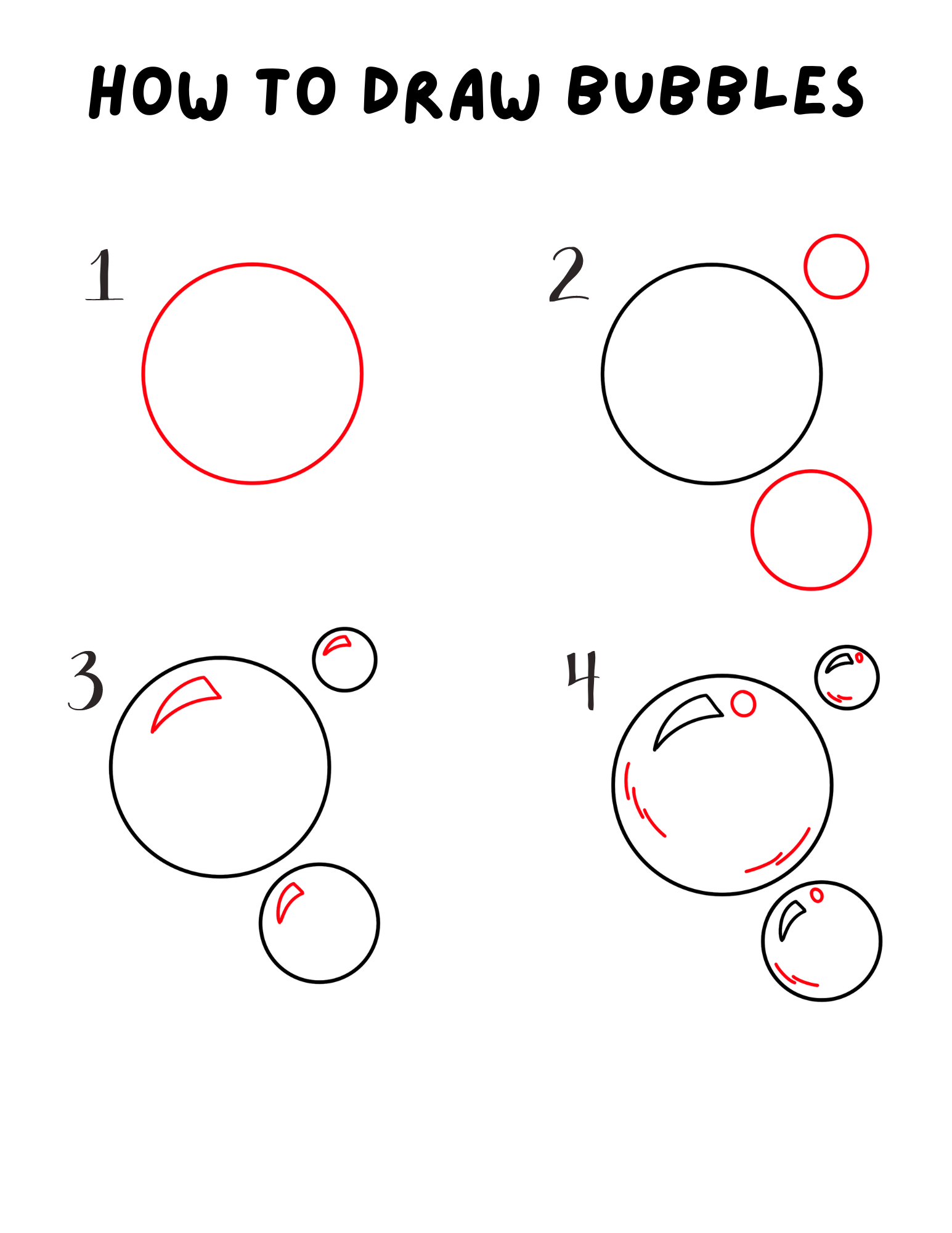Transcutaneous Electrical Nerve Stimulation (TENS) units have gained popularity in recent years as an effective form of pain relief that can be used in the comfort of one’s home. Despite their growing acceptance, several misconceptions surround these devices, leading to misinformation and skepticism among potential users. This article aims to debunk five common myths about home TENS units and provide clarity on their effectiveness, safety, and usage.
Misconception 1: TENS Units Are Only for Severe Pain

One of the most prevalent misconceptions about TENS units is that they are only useful for severe, chronic pain conditions. This belief can deter many individuals from considering TENS therapy as a viable option for milder pain.
- Wide Range of Applications: TENS units can be effective for various types of pain, including:
- Acute pain from injuries
- Chronic pain conditions such as arthritis
- Muscle soreness after exercise
- Pain from menstrual cramps
- Case Study: A 2014 study published in the journal Pain Medicine found that participants using TENS reported significant reductions in both acute and chronic pain levels, demonstrating its effectiveness across a spectrum of pain intensities.
Misconception 2: TENS Units Are Dangerous and Cause Harm

Another common myth is that TENS units can cause serious harm or injury. Concerns about electrical devices often lead to apprehension about using them, especially for those unfamiliar with how they work.
- Safety and Regulation: TENS units are FDA-approved devices that are designed with safety in mind. They have built-in mechanisms to prevent overheating and over-stimulation.
- Proper Usage: When used according to the manufacturer’s instructions, TENS units pose minimal risk. Common side effects may include:
- Mild skin irritation at the electrode site
- Temporary muscle twitching
- Guidelines: It is advisable to consult a healthcare professional before starting TENS therapy, especially for individuals with specific medical conditions, such as:
- Epilepsy
- Pacemakers
- Pregnancy (especially in the abdominal area)
Misconception 3: TENS Units Provide Instant Results

Many people believe that TENS units will provide immediate pain relief after just one session. While some users may experience quick alleviation of pain, the reality is more nuanced.
- Gradual Improvement: For many users, TENS therapy is part of a broader pain management strategy. Some individuals may require several sessions to notice significant results.
- Regular Use: Regular and consistent use of the device can enhance long-term pain relief. A study in The Clinical Journal of Pain revealed that patients who used TENS consistently over several weeks reported greater pain relief compared to those who used it sporadically.
- Individual Variability: Pain relief can vary widely among individuals based on factors such as pain type, severity, and individual response to electrical stimulation.
Misconception 4: TENS Units Are Only for Older Adults

Another common misconception is that TENS units are primarily designed for older adults dealing with age-related pain. This stereotype can prevent younger individuals from benefiting from TENS therapy.
- Broad Demographic Appeal: TENS units are suitable for people of all ages. They are commonly used by:
- Athletes for recovery and muscle soreness
- Individuals with acute injuries, such as sprains or strains
- Younger adults dealing with chronic conditions like fibromyalgia or migraine
- Success Stories: Athletes like professional runners and weightlifters have reported using TENS units as part of their recovery regimen, illustrating the versatility of these devices beyond just older populations.
Misconception 5: TENS Units Are a Cure-All for Pain

Finally, some individuals may believe that TENS therapy is a comprehensive solution for all types of pain. This misconception can lead to unrealistic expectations about the device’s effectiveness.
- Complementary Tool: TENS therapy should be viewed as a complementary tool rather than a standalone cure. It is most effective when used in conjunction with other pain management strategies, such as:
- Physical therapy
- Medication (as advised by a healthcare professional)
- Relaxation techniques and mindfulness
- Understanding Limitations: While TENS can provide significant relief for many, it may not be suitable for all pain types or conditions. For example, neuropathic pain may not respond as well to TENS therapy as other pain types.
Home TENS units are valuable devices that can offer effective pain relief for various issues, but misconceptions can hinder their proper use and acceptance. By debunking these five myths—ranging from their applicability to the demographic they serve—we can foster a better understanding of TENS therapy. It is essential to recognize that TENS units are not a one-size-fits-all solution but can play a crucial role in a comprehensive pain management plan.
As with any medical device, consultation with a healthcare provider is advisable to ensure safe and effective use tailored to individual needs. With the right approach and realistic expectations, TENS therapy can be a powerful ally in the journey toward pain relief.